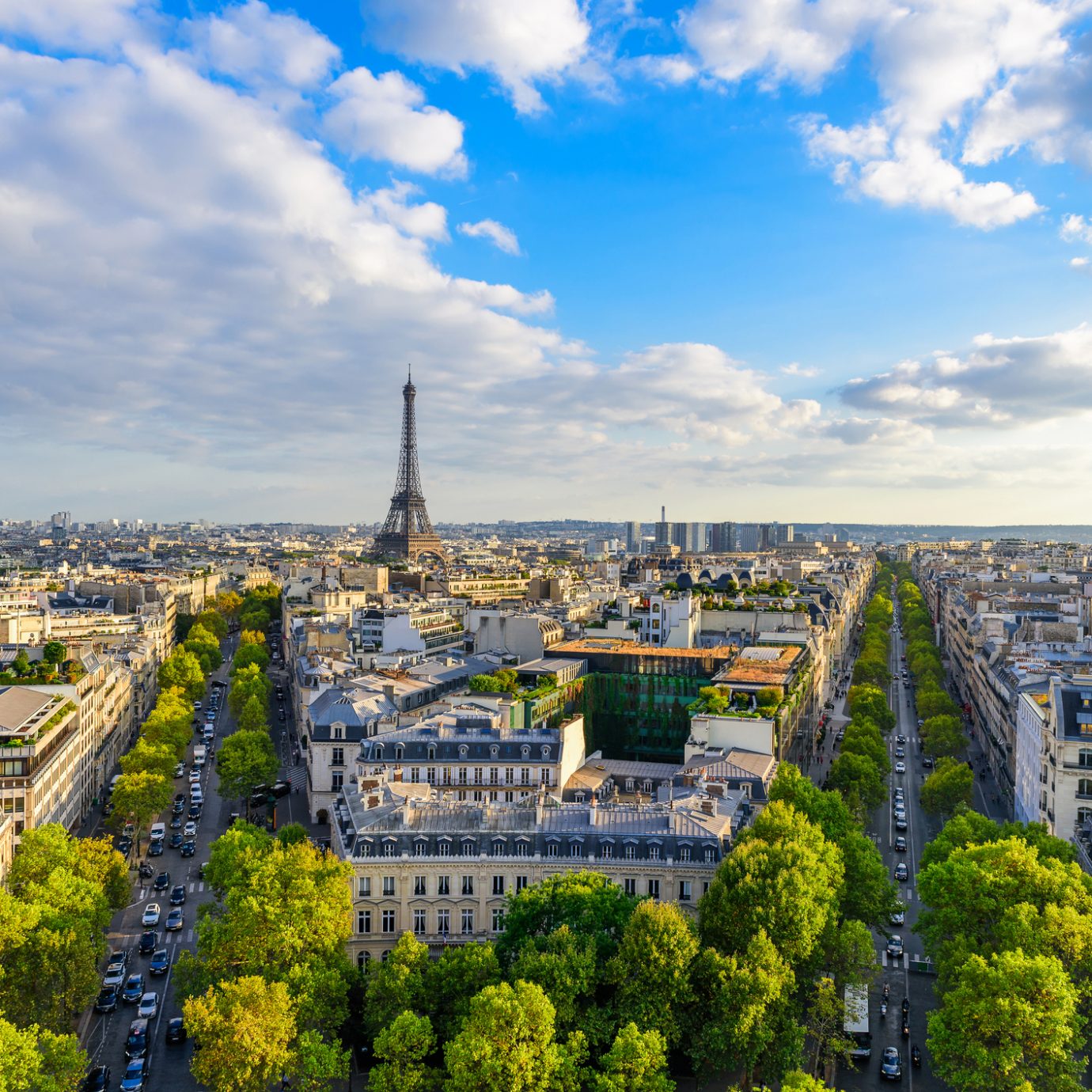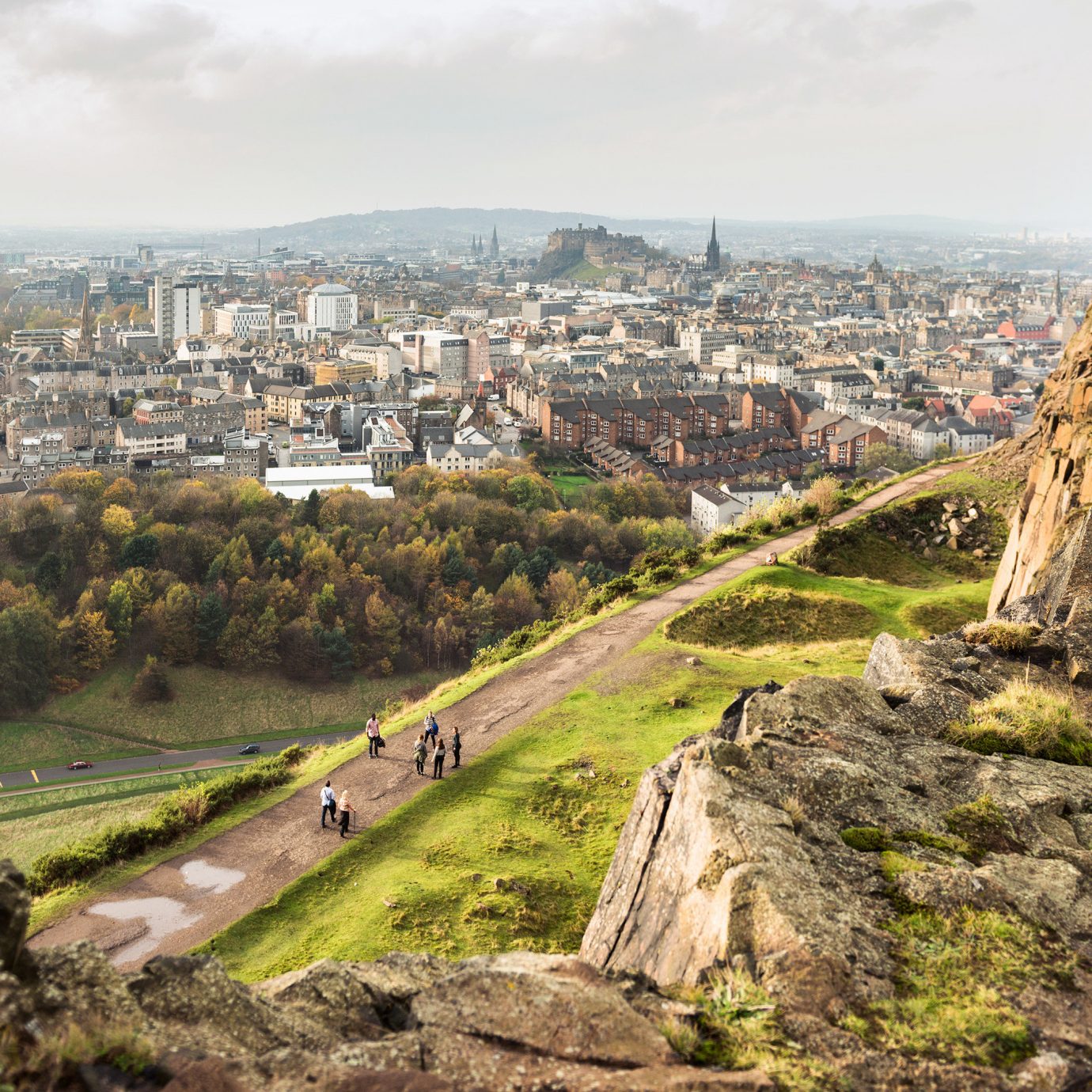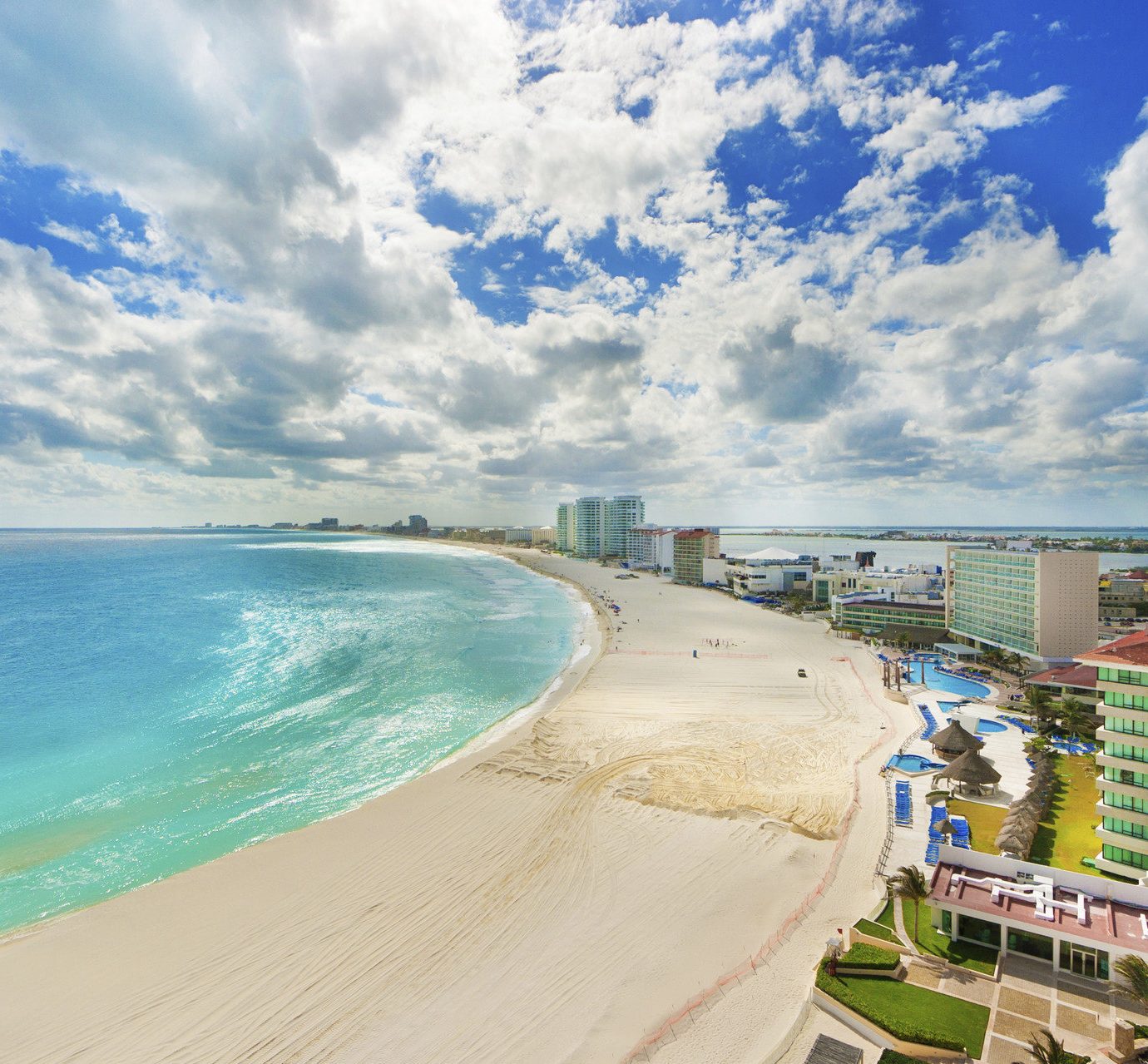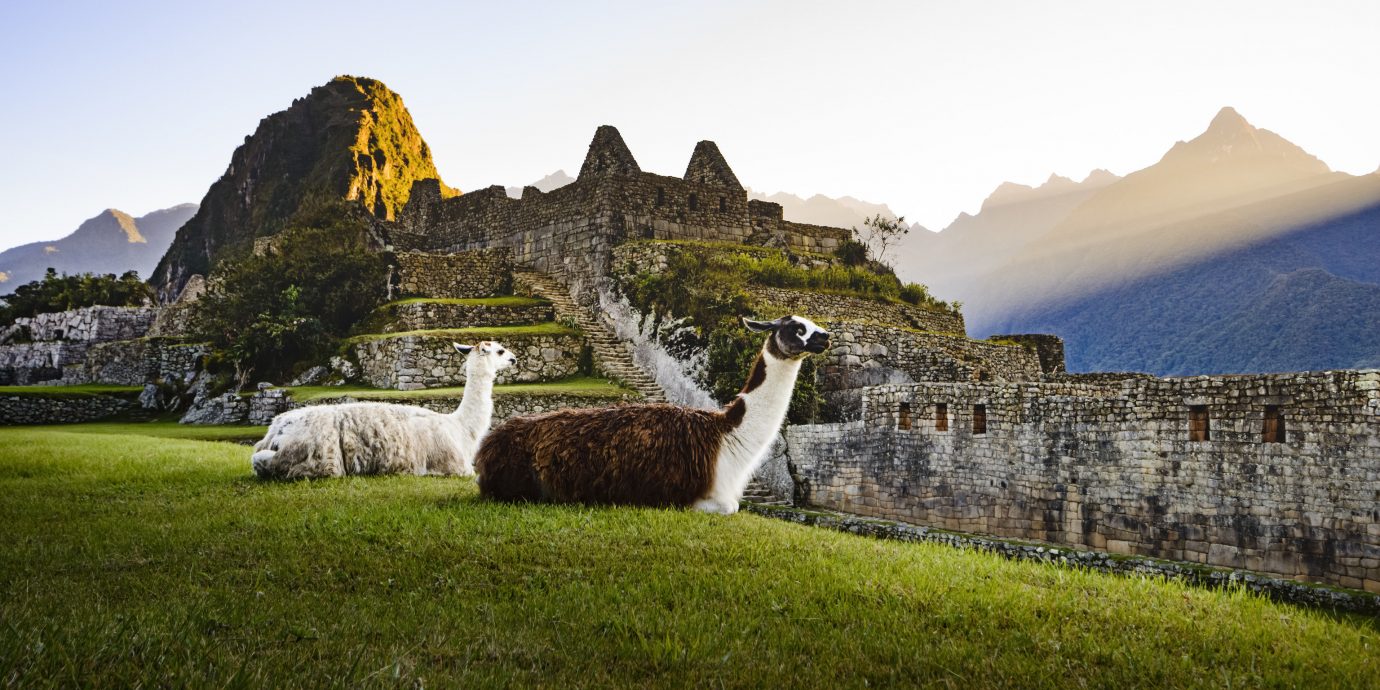
10 Things You Need to Know Before You Go to Machu Picchu
Machu Picchu is one of the world’s most coveted (read: bragged about) travel experiences, with 1.4 million people having visited Peru’s mountain top Inca ruins in 2016. But despite the destination's popularity, you can’t just wing it. A successful visit to Machu Picchu requires careful planning and insider knowledge. Here, everything you need to know.
1. If you want to trek the Inca Trail, you need to book well in advance
The Inca Trail is the most popular trekking route to Machu Picchu since it’s the only one that ends right at the ruins. In order to protect it from over-tourism just 500 passes a day are made available, and about 300 of those go to tour guides and the porters who carry your luggage and camping equipment up the mountain—so really, only about 200 tourists per day get access to the Inca Trail. Needless to say they sell out far in advance—by April of 2017 the four-day trek was sold out until October, and the two-day trek tickets were disappearing fast. However, up to 5,000 people a day can visit the actual Machu Picchu ruins, so you can book a ticket for that at fairly short notice.
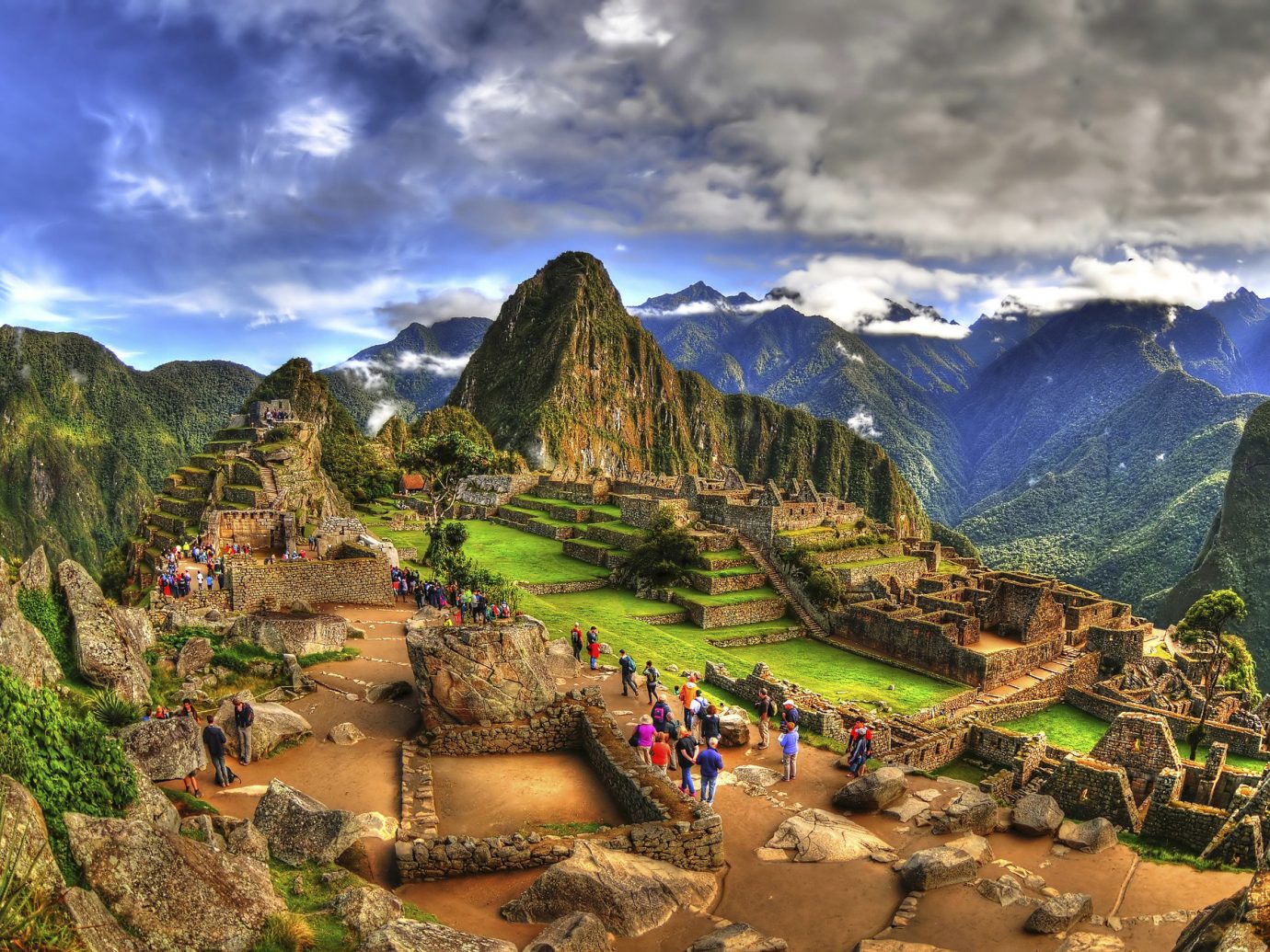
2. There are worthwhile treks other than the Inca Trail
If you can’t do the Inca Trail there are other routes that finish close to the ruins and take you through the same stunning scenery. The Salkantay Trail takes between four and seven days, starting in Cusco and finishing in Aguas Calientes, the town at the bottom of Machu Picchu. There, you can spend the night and get started early the next—catching the ruins just as the sun rises. Meanwhile, the Lares Trek begins in the picturesque Sacred Valley and passes by local villages, allowing tourists to see a side of Peruvian life that they otherwise wouldn’t. The three to five day itinerary ends at Ollantaytambo, a former Inca town, and from there the train to Machu Picchu takes just 90 minutes.
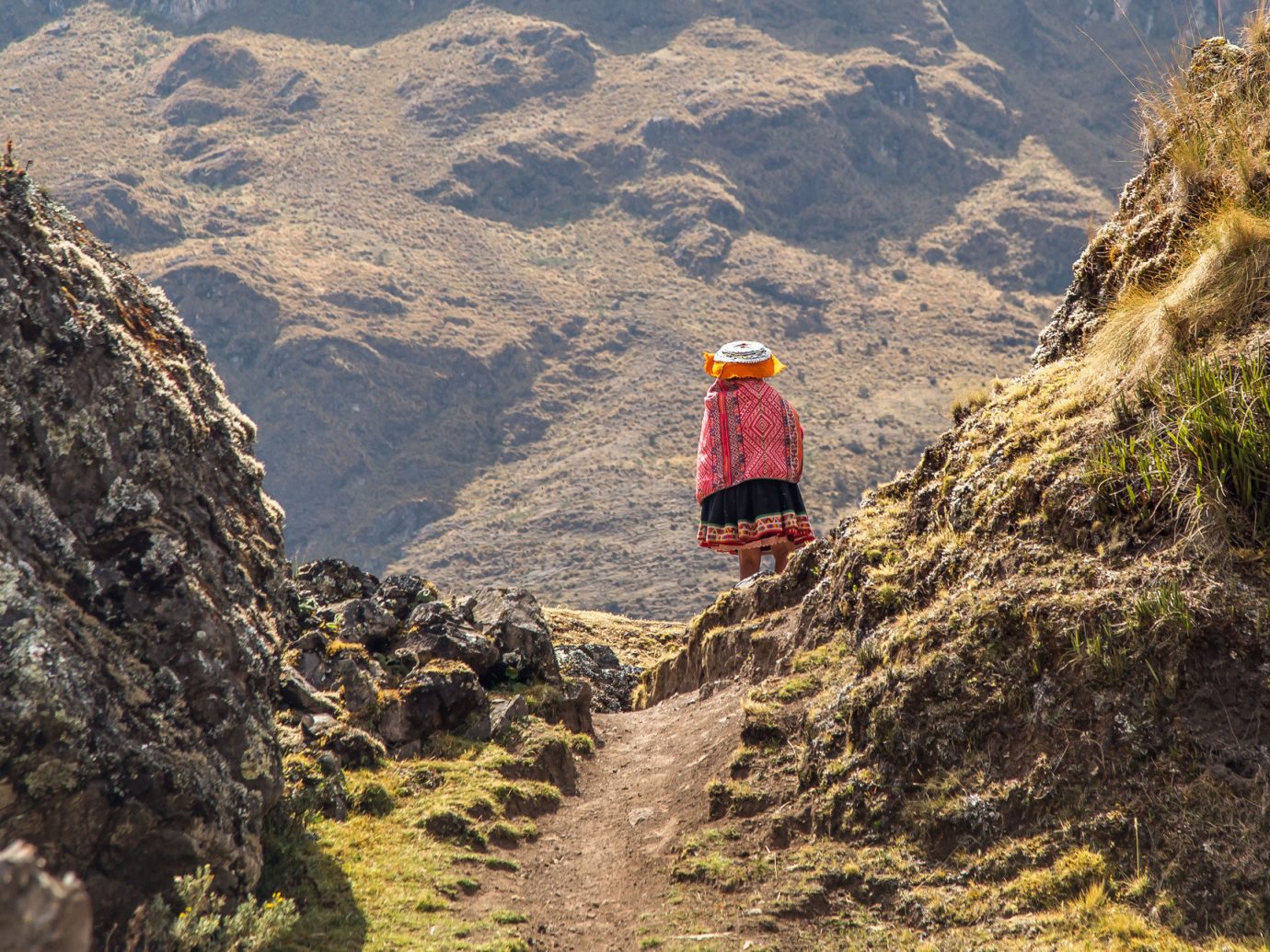
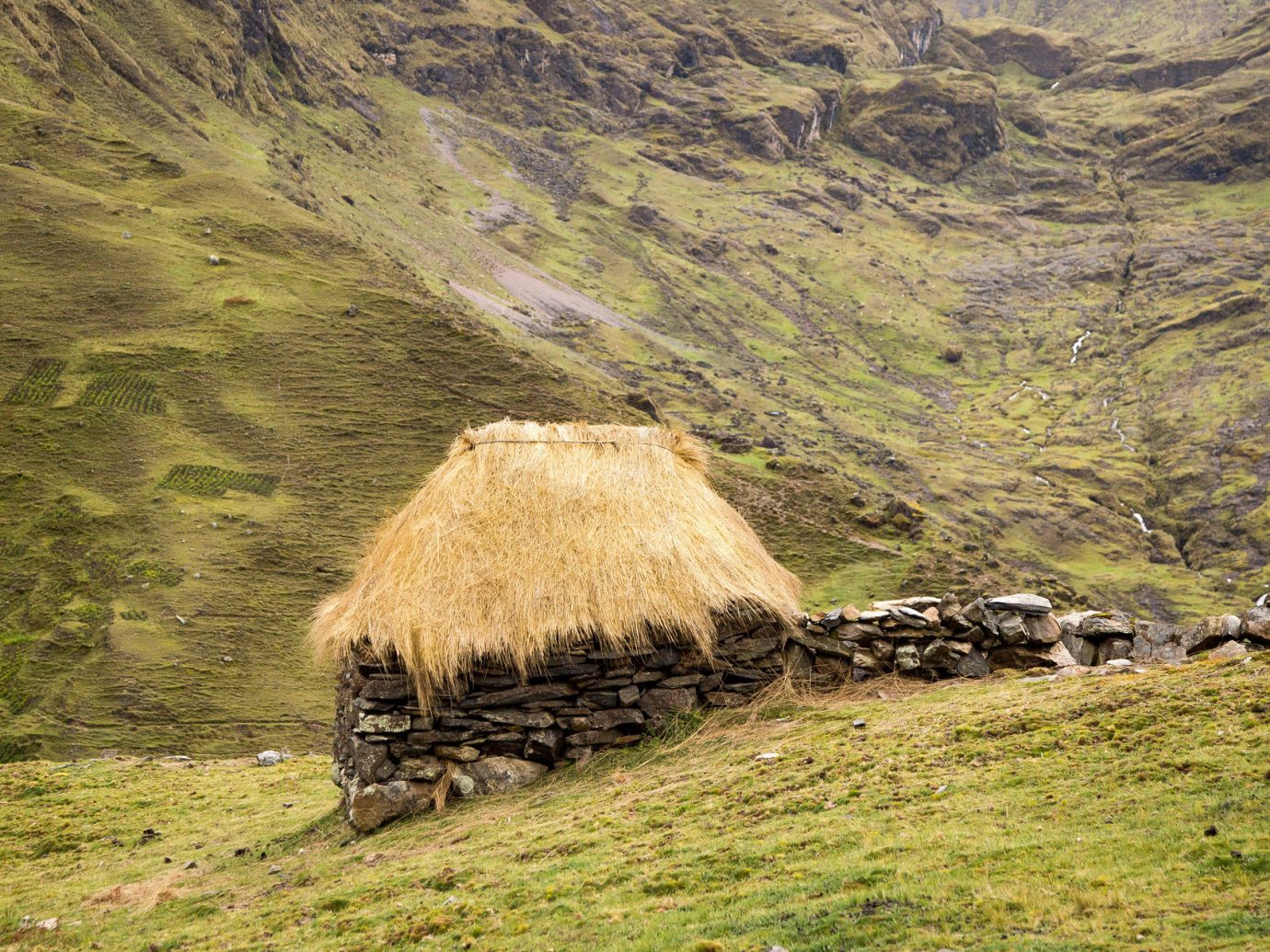
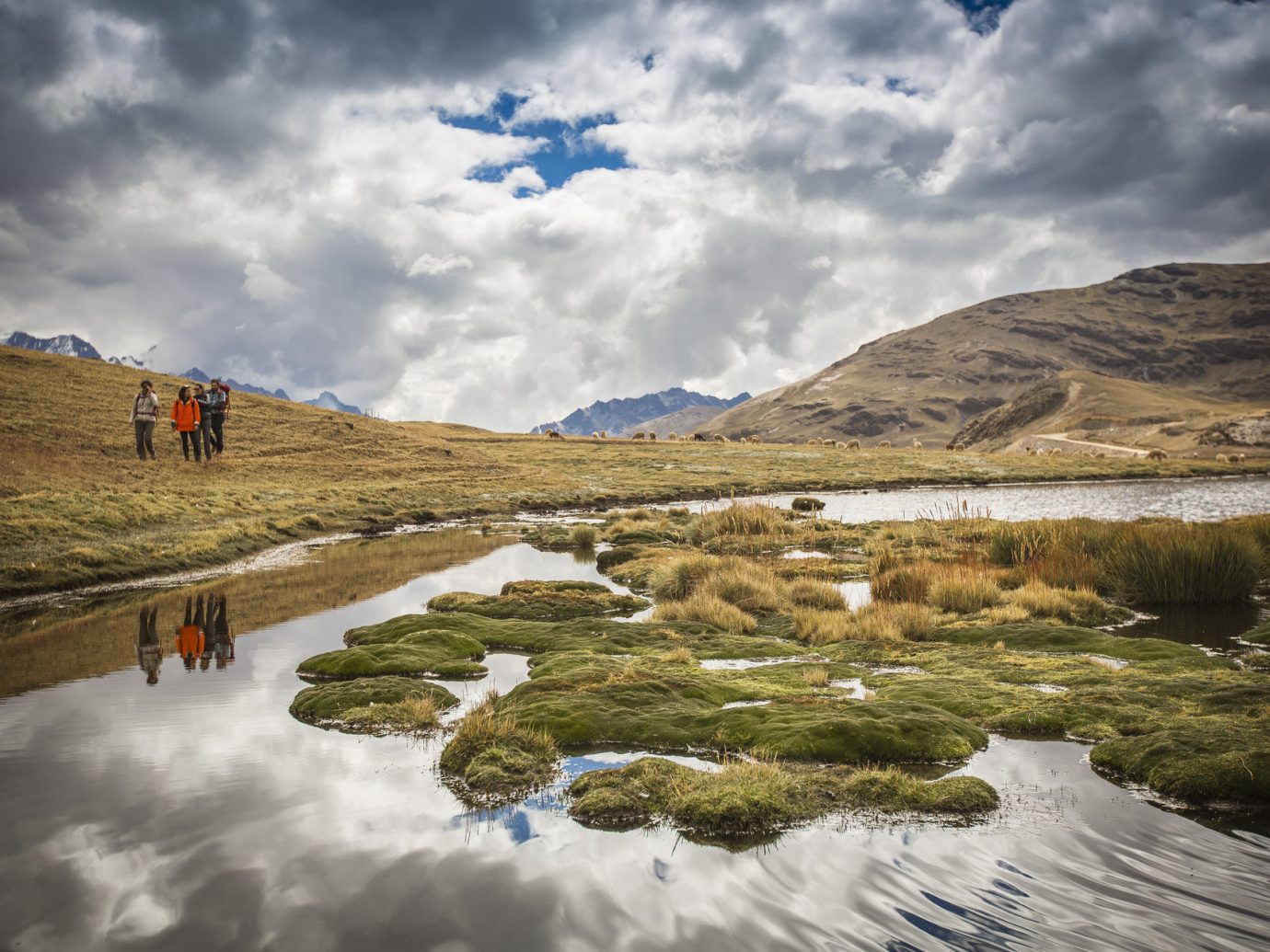
3. Understand the seasons pre-trip
The time of year you choose to visit Machu Picchu is key. The summer months (November through February) form the rainy season, although it’s not necessarily a bad thing to visit then. The site is less crowded, often the only rain is an early morning or afternoon drizzle, and clouds drifting over the mountain peaks add to the already surreal atmosphere. If you’re set on seeing the ruins in total sunshine, though, you should go in winter (May through October) when the skies are clearest, just full disclosure: this is also the busiest time of year.
RELATED: The Coolest New Hotels in South America
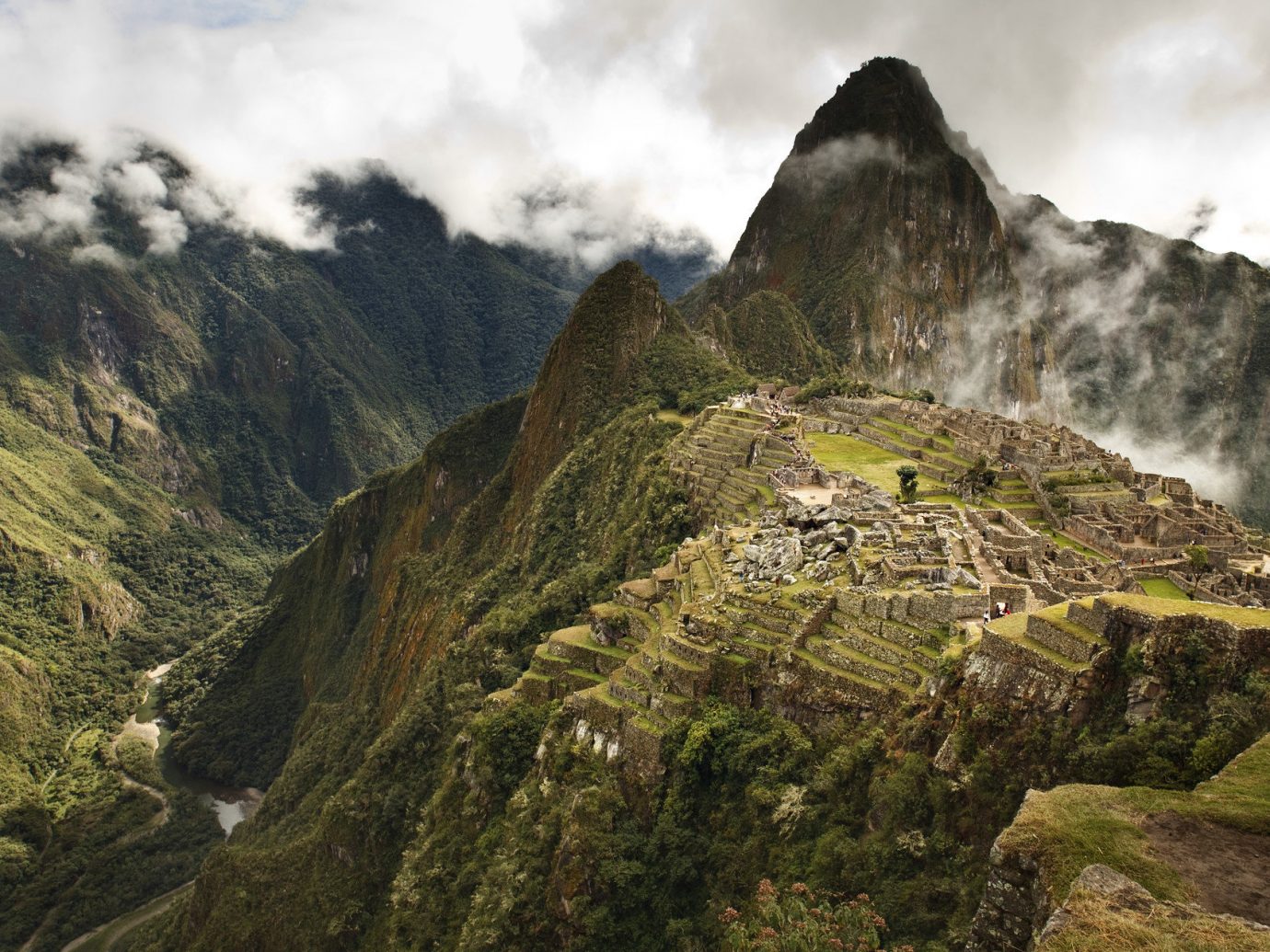
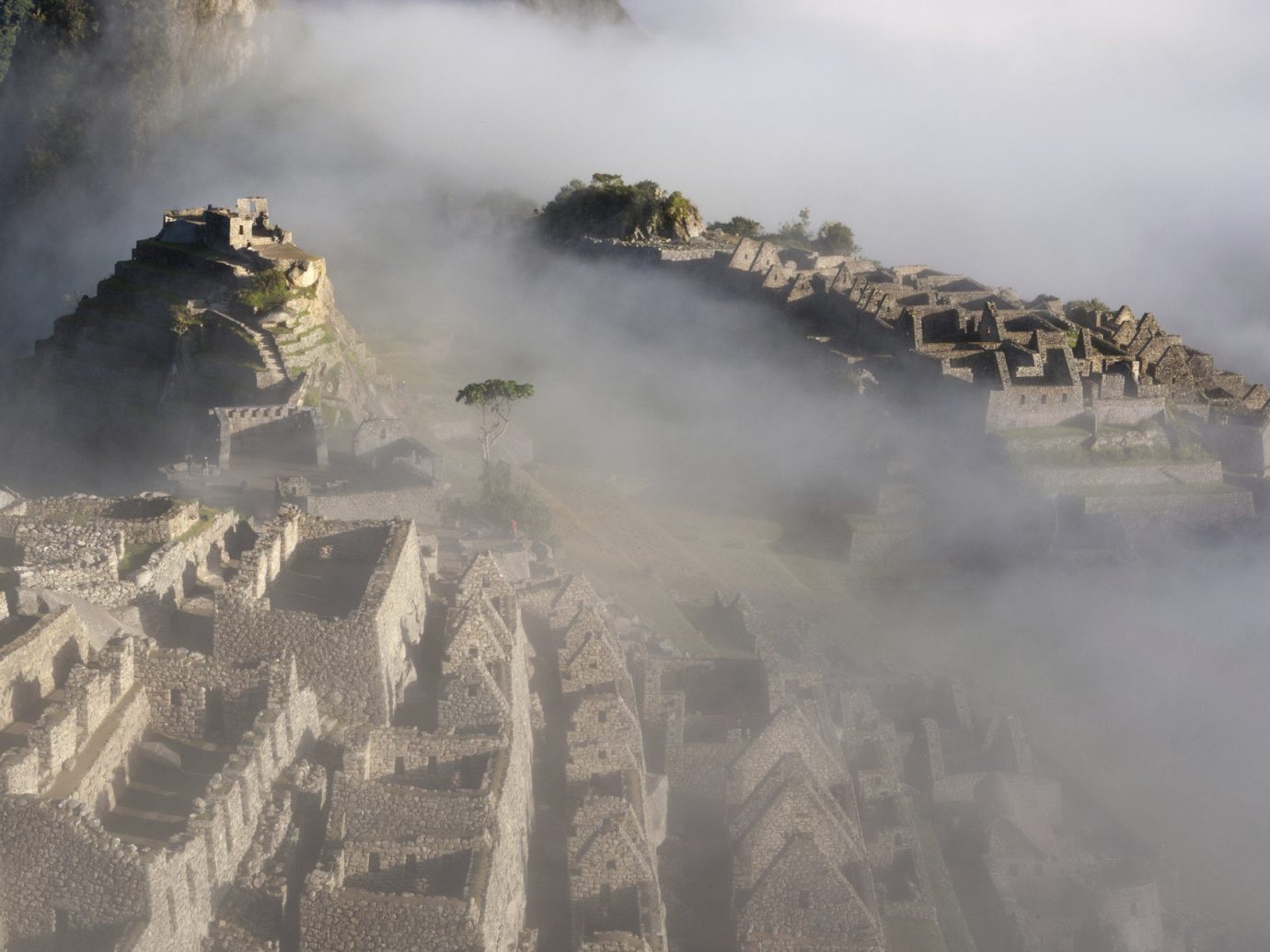
4. Trekking to Machu Picchu is tough
No one would expect hiking in the Andes to be a breeze, but many have been surprised at just how grueling it is. The high altitude can leave even super-fit trekkers breathless and make a small bag feel like a boulder on your back. Even if you’ve spent time acclimatizing before the trek (more on that below) altitude sickness can still strike, resulting in headaches and nausea. It also gets cold camping in the mountains overnight, and, perhaps not so surprising, but the toilets are not a very pleasant or clean experience.
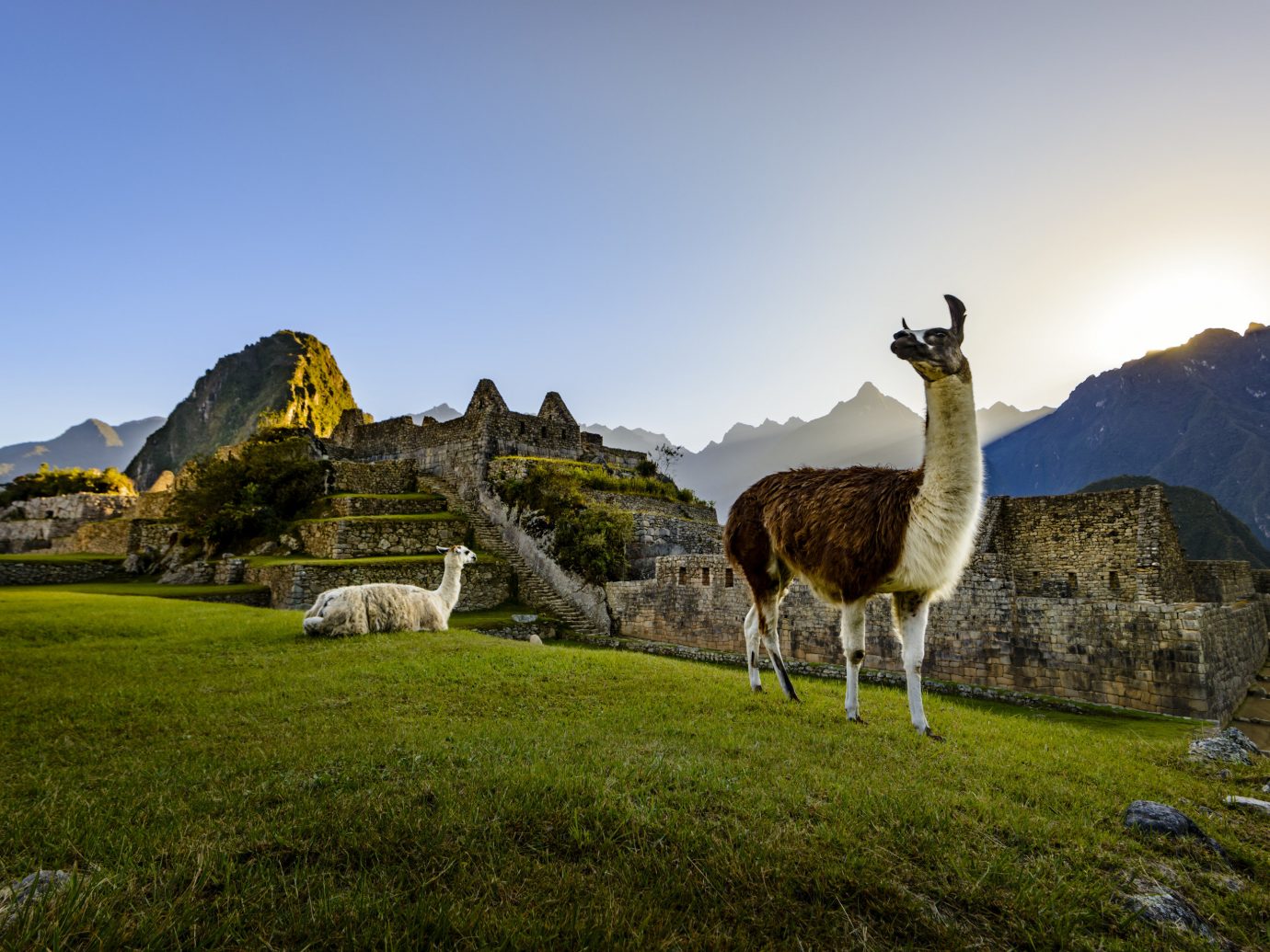
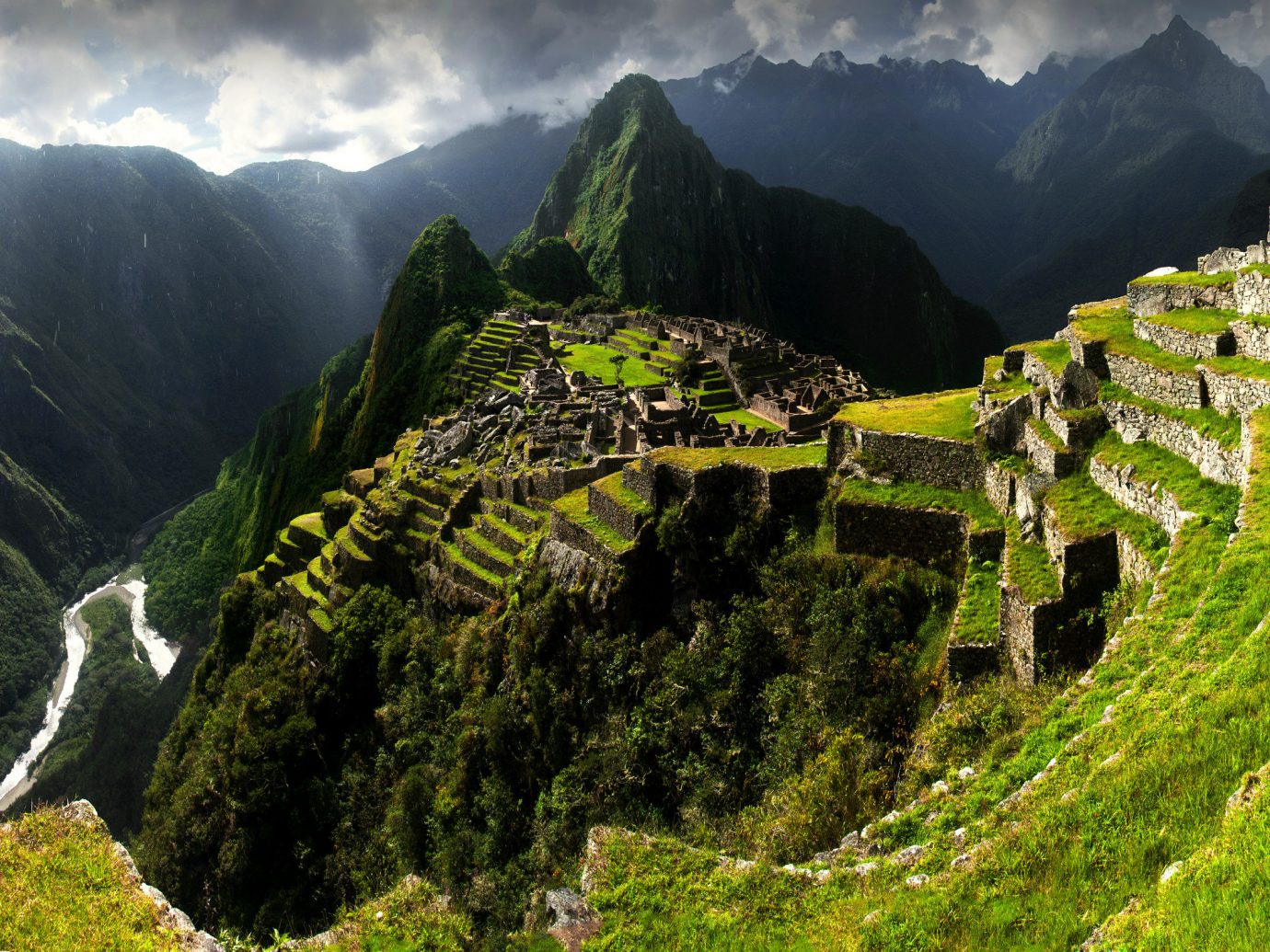
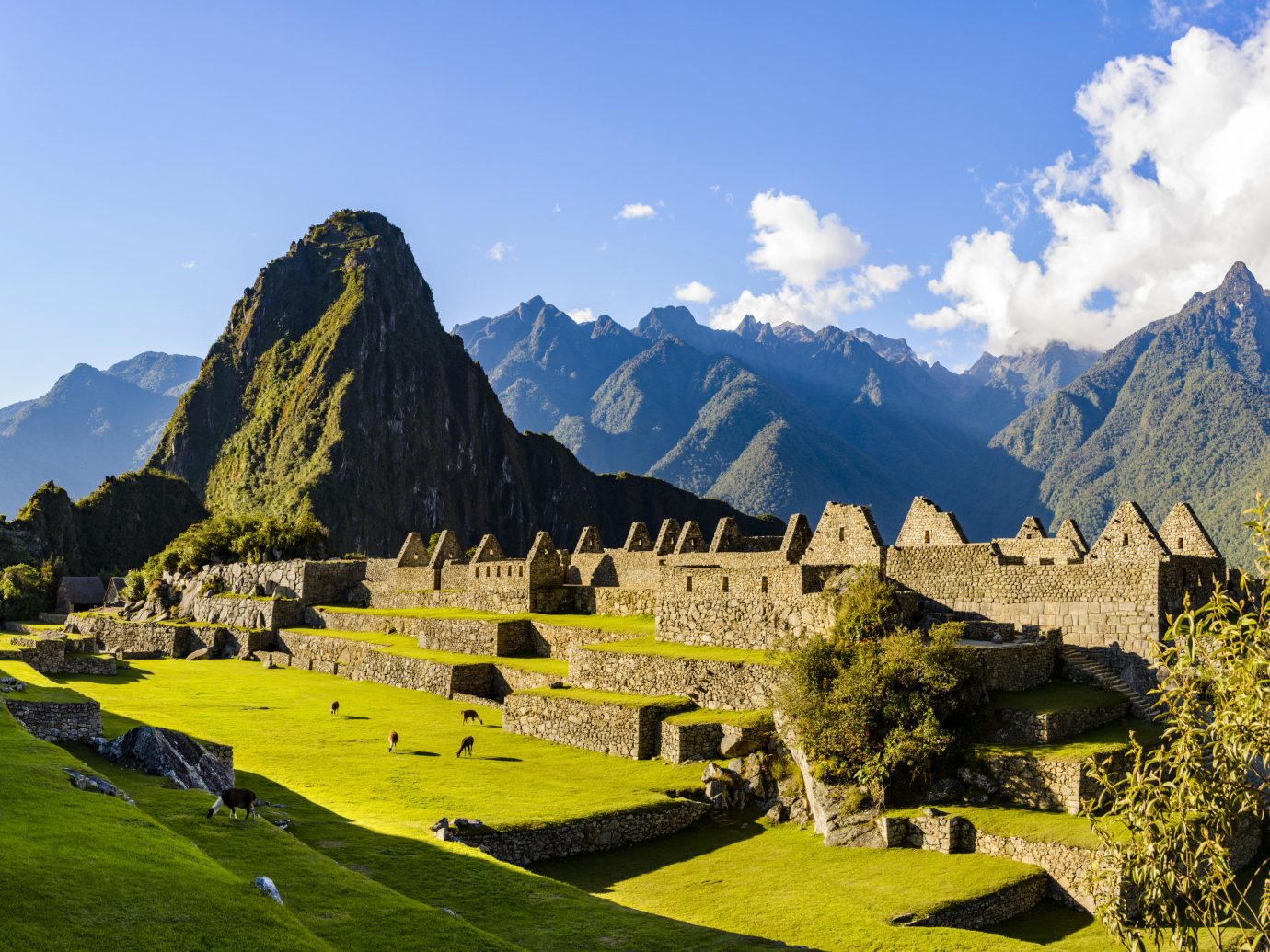
5. Not a trekker? You can take a train
Not into trekking for days at high altitude? There’s no shame in choosing a more comfortable exploration option. The train trip from Poroy (20 minutes by car outside Cusco) to Agua Calientes takes about three-and-a-half hours, not including the bus transfer from the train station to the entrance gate. Not only is taking the train more time economic than trekking, but you get to sit back and take in the incredible scenery of Andean peaks and the Sacred Valley just beyond your window. PeruRail and IncaRail each make several trips a day to varying degrees of comfort. PeruRail’s Expedition Train is the most basic, but it still has air-conditioning, comfortable seats, and snacks available for purchase. At the other end of the scale is the Belmond Hiram Bingham, a luxury train with a bar and observation car, and meals you’d expect to find at a fine-dining restaurant.
RELATED: 72 Hours in Lima
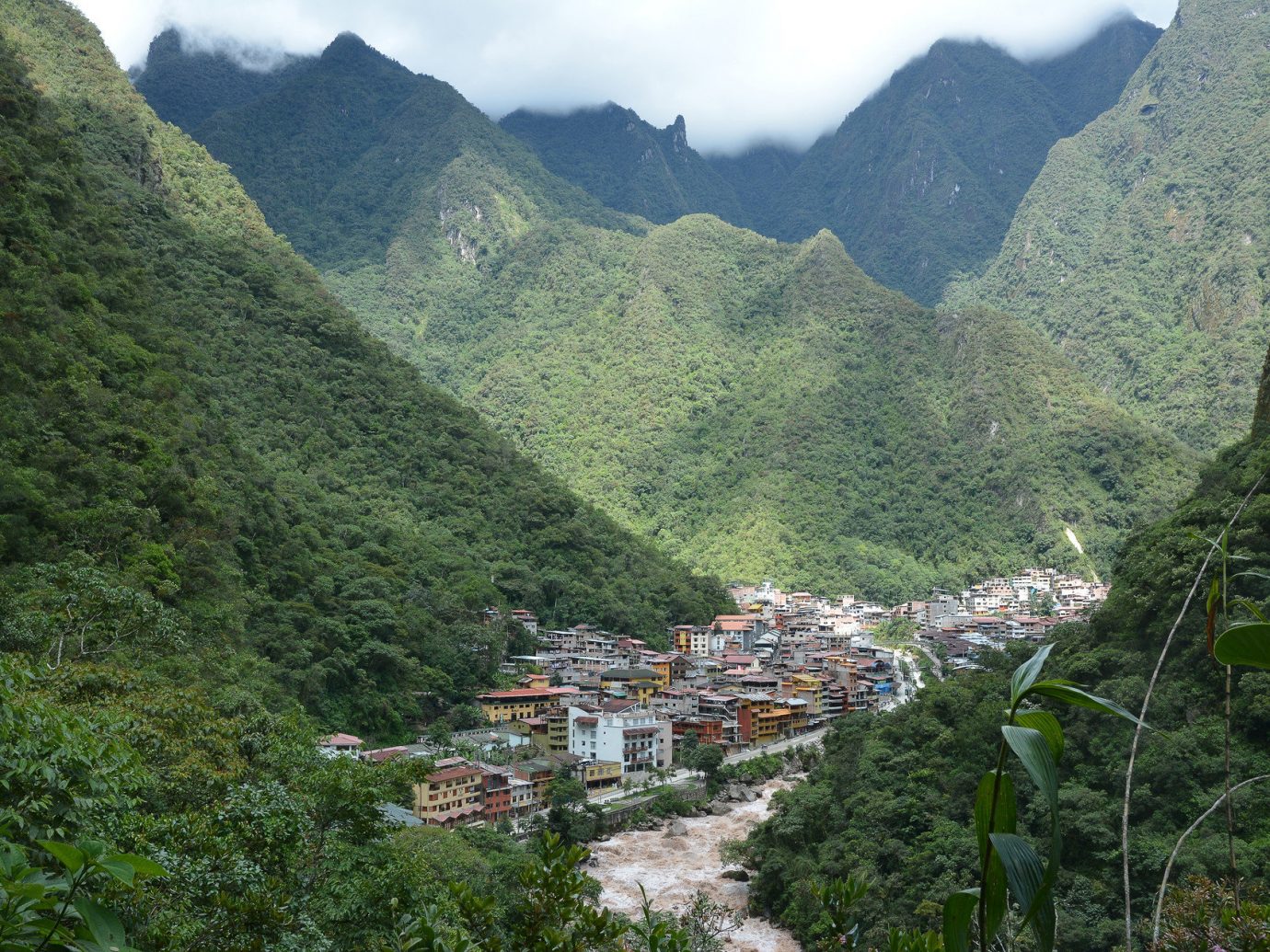
6. Spending a few days in Cusco first will help you acclimatize to the altitude
Upon arrival in the region—some 11,152 feet above sea level—it’s quite common to experience altitude sickness as your body adjusts to reduced oxygen levels. And since Machu Picchu isn’t nearly as enjoyable when you’re battling a splitting headache and nausea, it’s a good idea to allow a few days in your itinerary to get used to said altitude. But fear not, a few days hanging in Cusco won’t be time wasted. Wander the cobblestone streets admiring the Spanish colonial architecture, shop for Alpaca wool sweaters, or visit other Inca ruins such as the mind-blowing concentric circles at Moray or the Maras salt mines. Heads up: You’ll see coca leaf tea everywhere in Cusco, and for good reason—it reduces altitude sickness symptoms, so guzzle away.
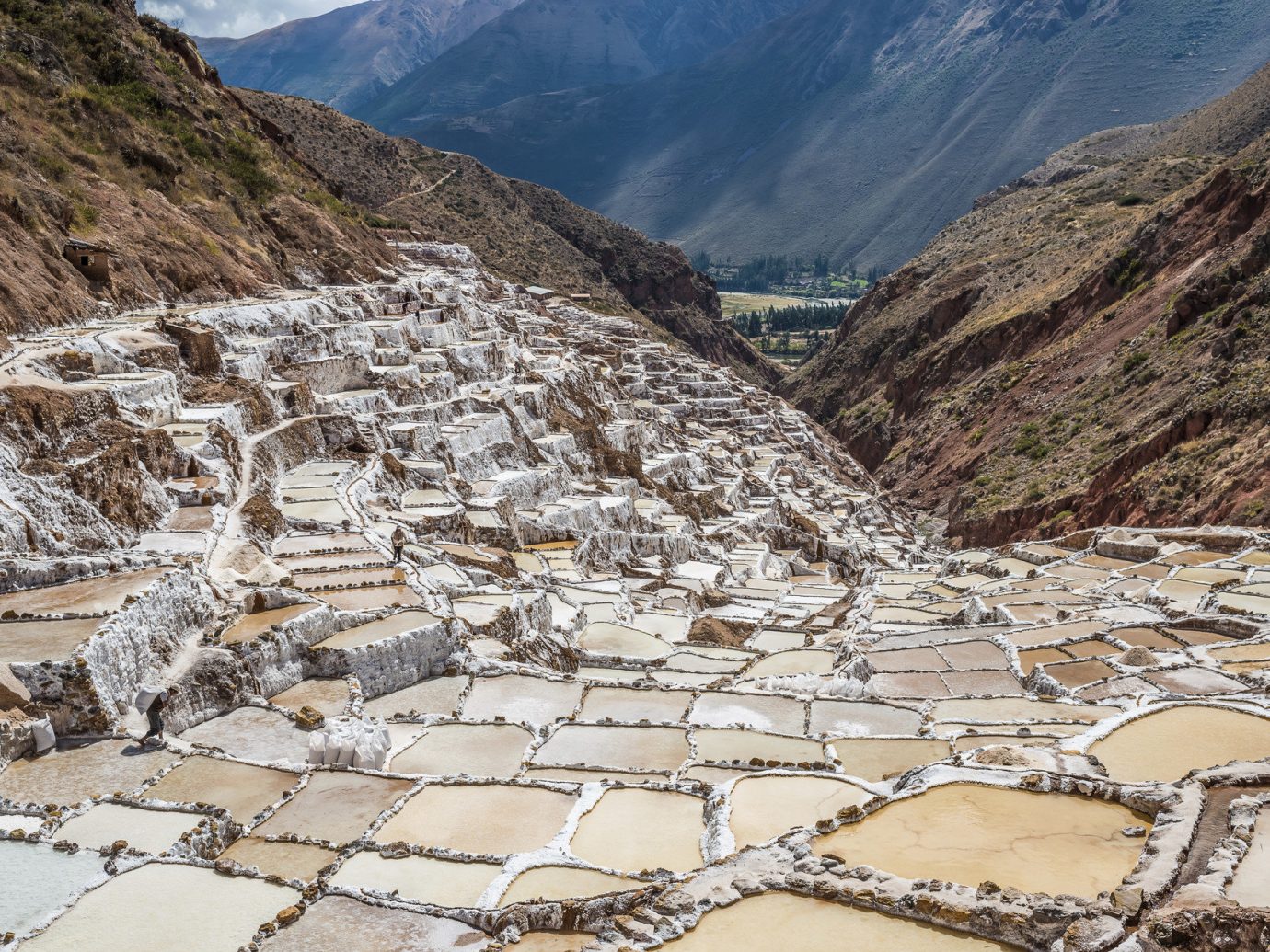
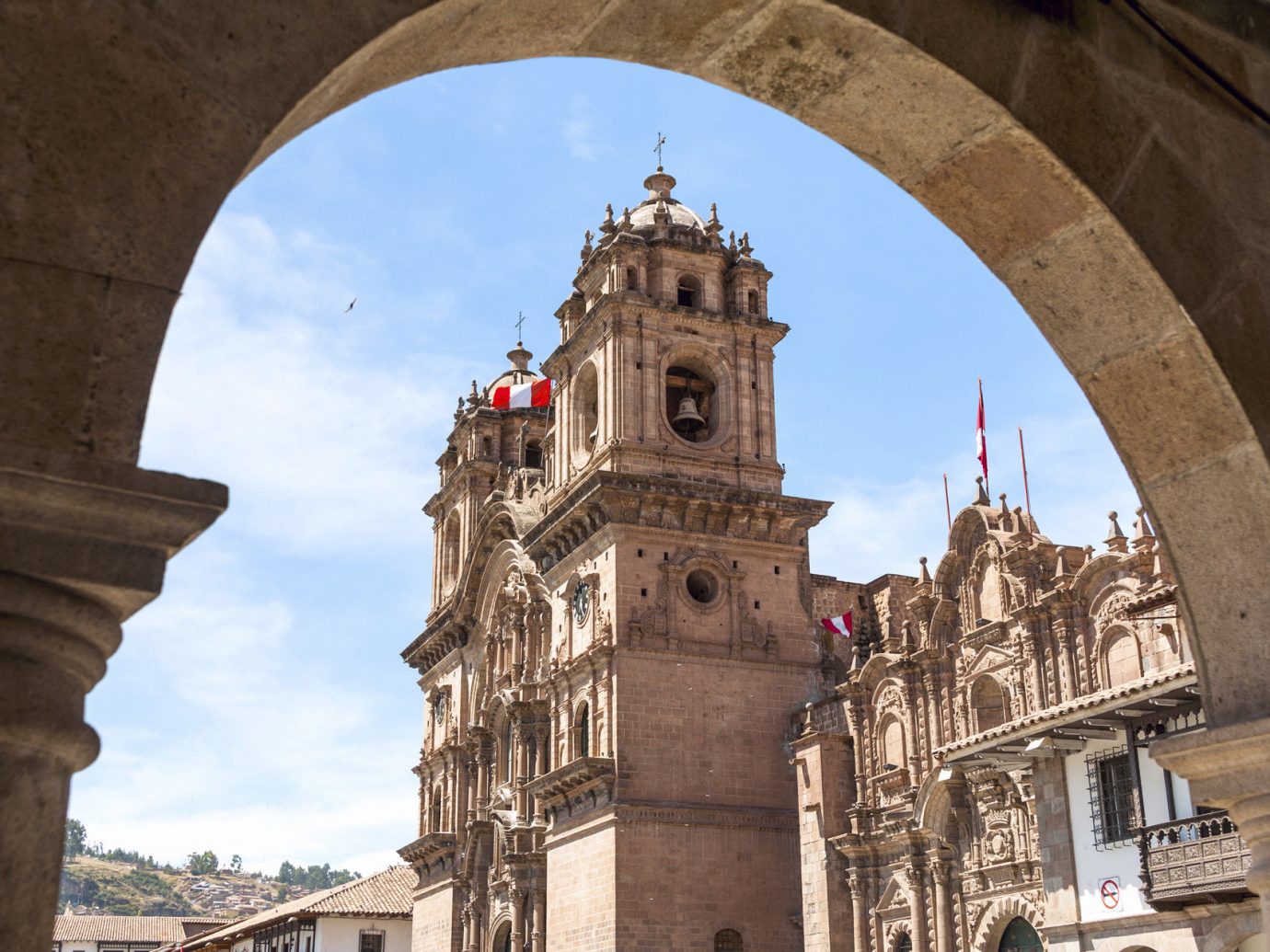
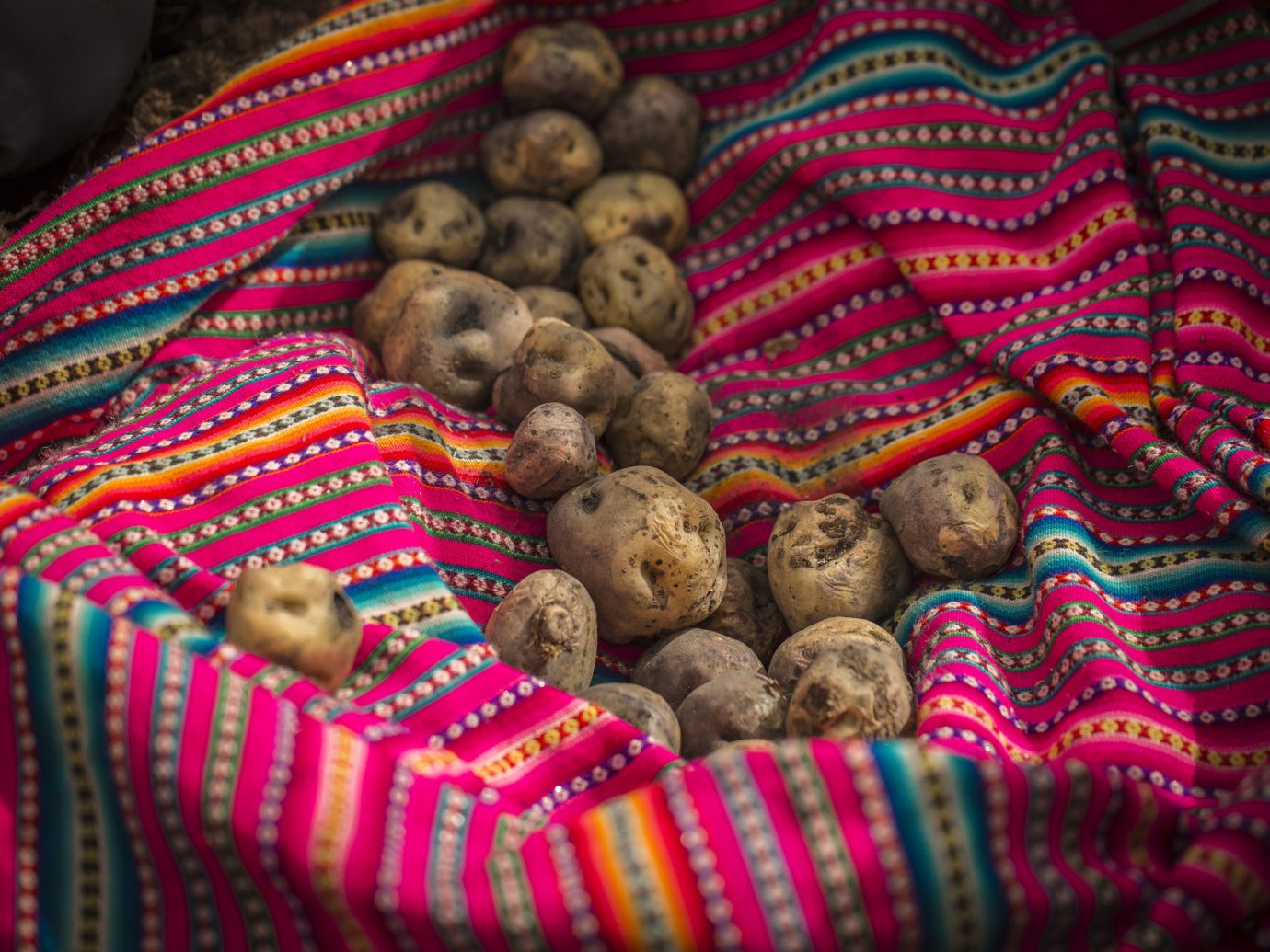
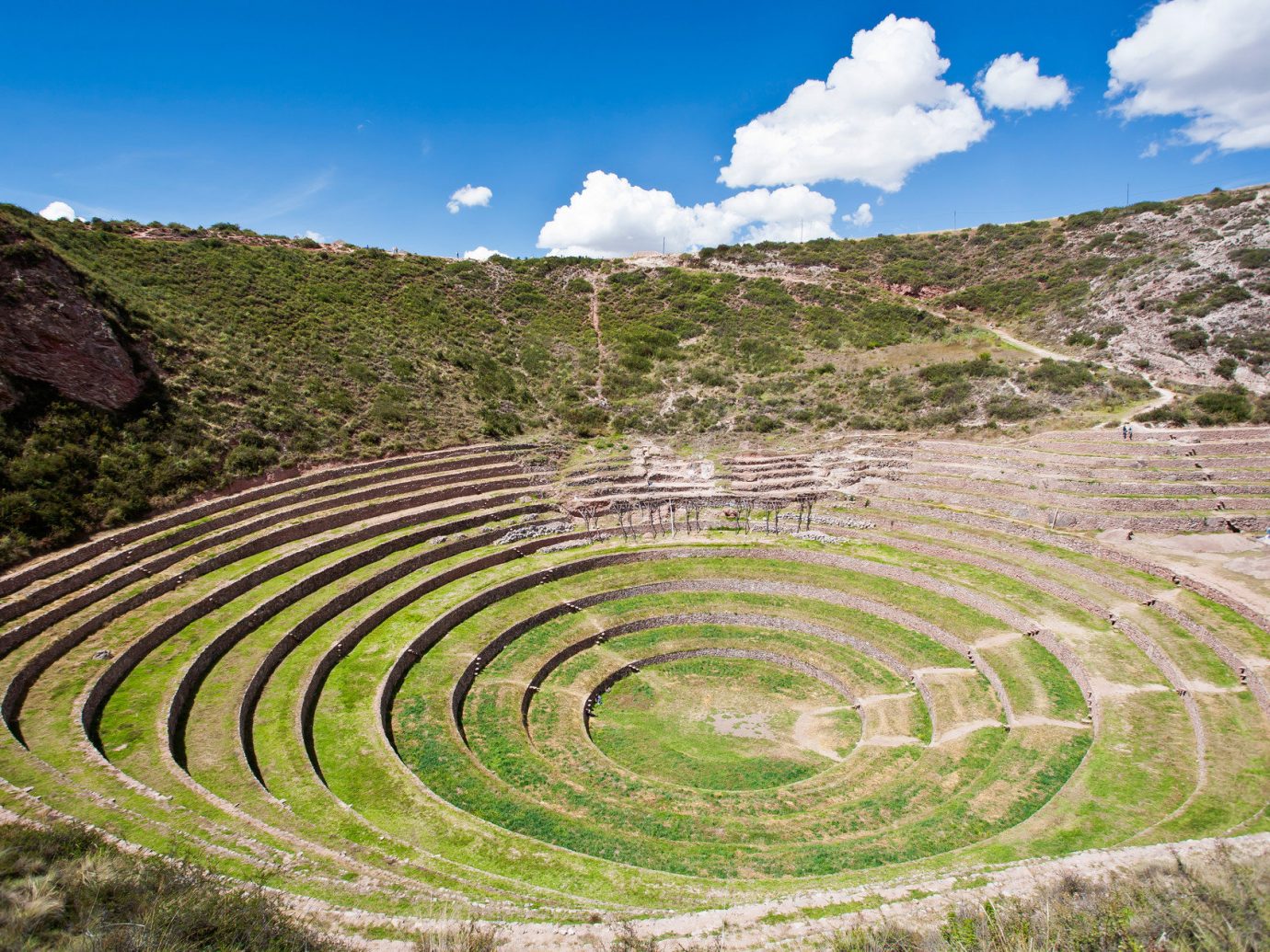
7. The site is open to visitors in two shifts
As the number of tourists heading to Machu Picchu continues to grow, Peru’s tourism body announced that as of July 1 visitors to the UNESCO World Heritage site will have to visit in shifts, 6AM – 12PM and 12PM – 5.30PM. Contrary to the common advice that you should get there early to beat the crowds, seeing the sun rise over Machu Picchu has become so popular that the morning is crazy busy. The site actually tends to clear out in the afternoon, making it much more peaceful to visit towards the end of the day.
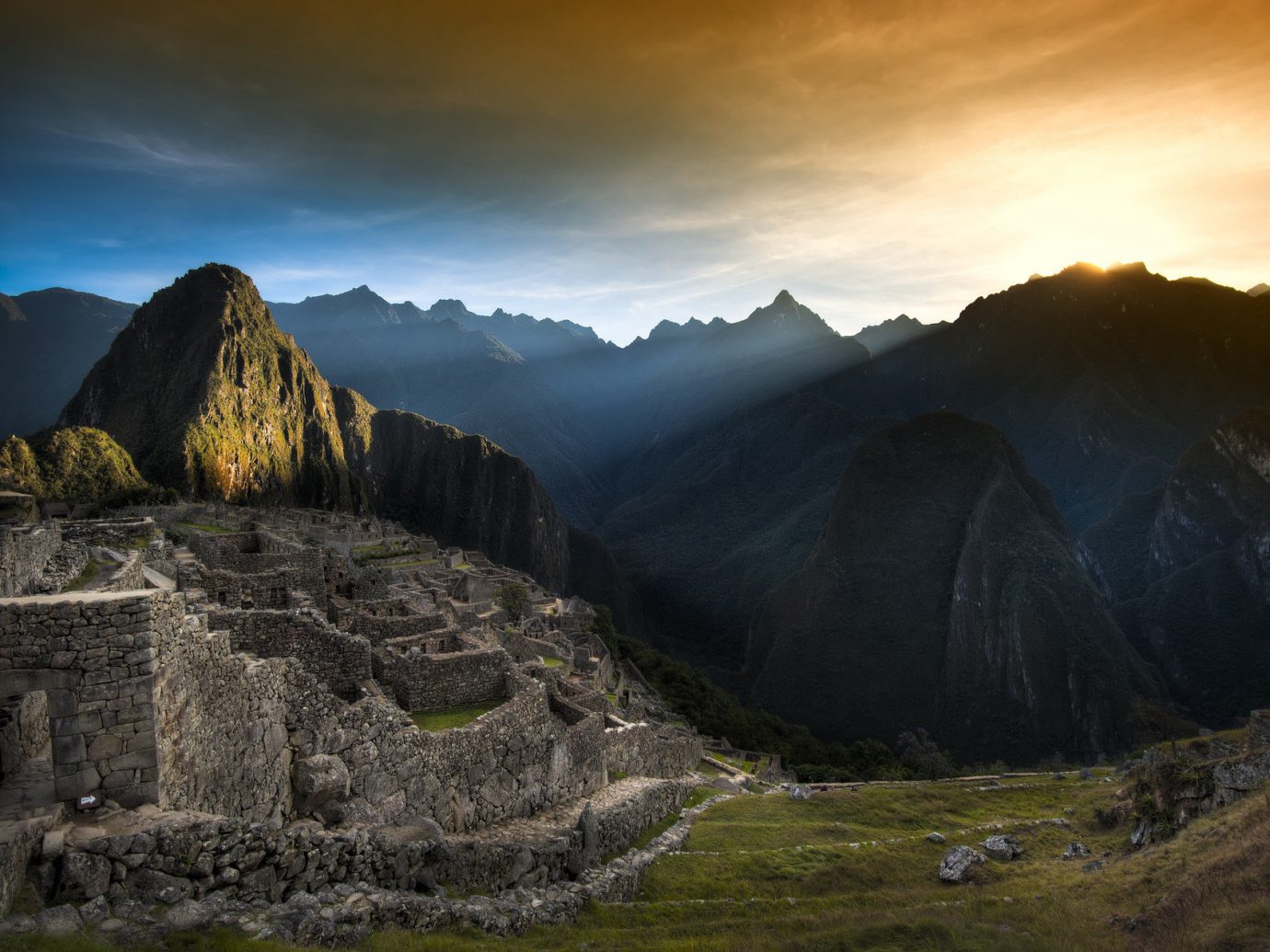
8. One ticket doesn’t get you access to all the ruins
The best view of Machu Picchu is probably looking down from Huayna Picchu, the mountain that rises above it (a steep, approximately 40-minute climb from the citadel). Access to Huayna Picchu is restricted to 400 people a day and is only open from 7 to 8 AM and 10 to 11 AM, plus it requires a separate ticket which can be purchased in a bundle with a basic Machu Picchu pass. There’s also Machu Picchu Mountain, which takes at least 90 minutes to reach the top of and offers equally spectacular views. It also requires a separate ticket which can be purchased in a bundle with a standard ticket.
RELATED: Exploring the Mysteries of Machu Picchu
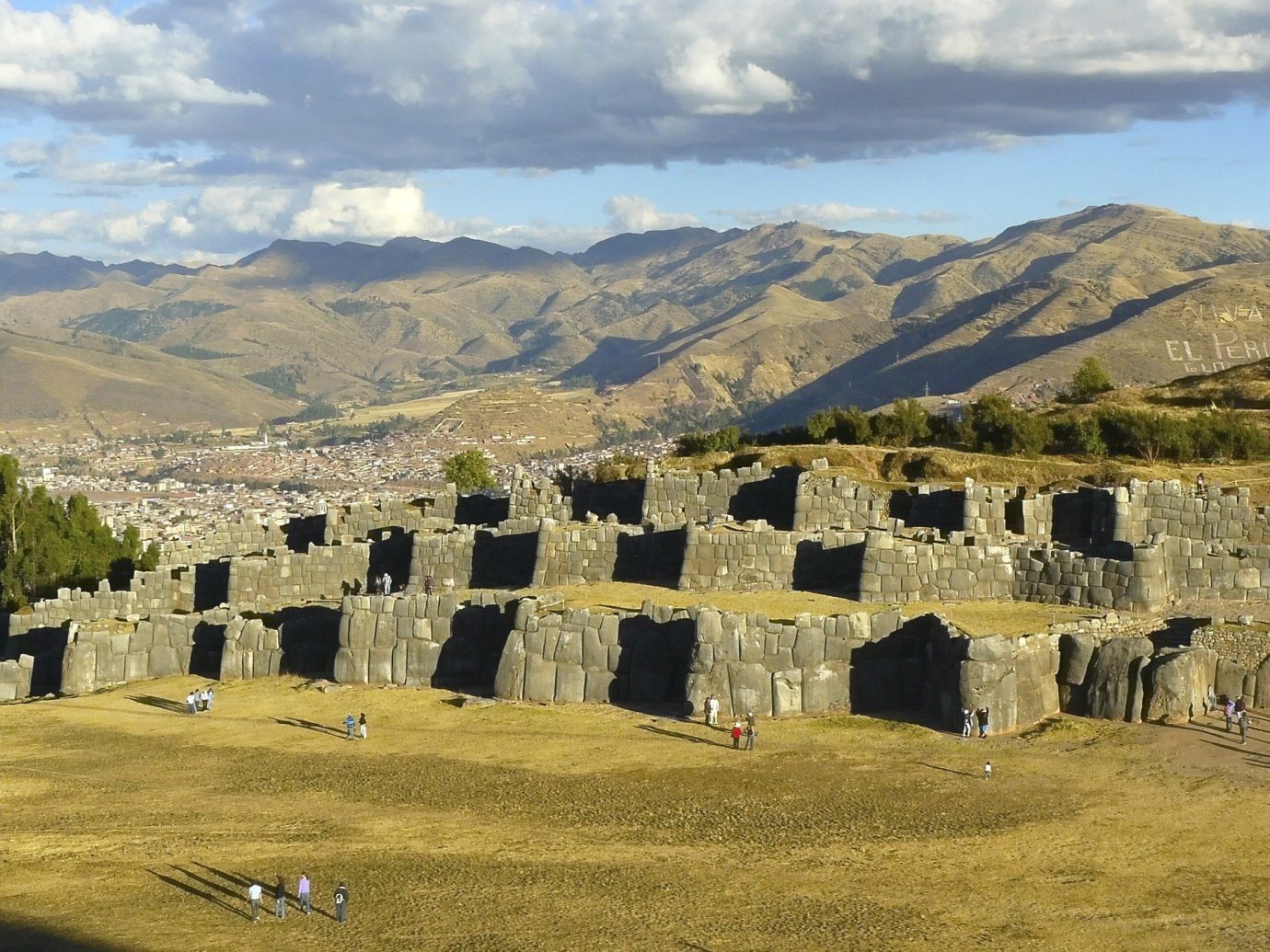
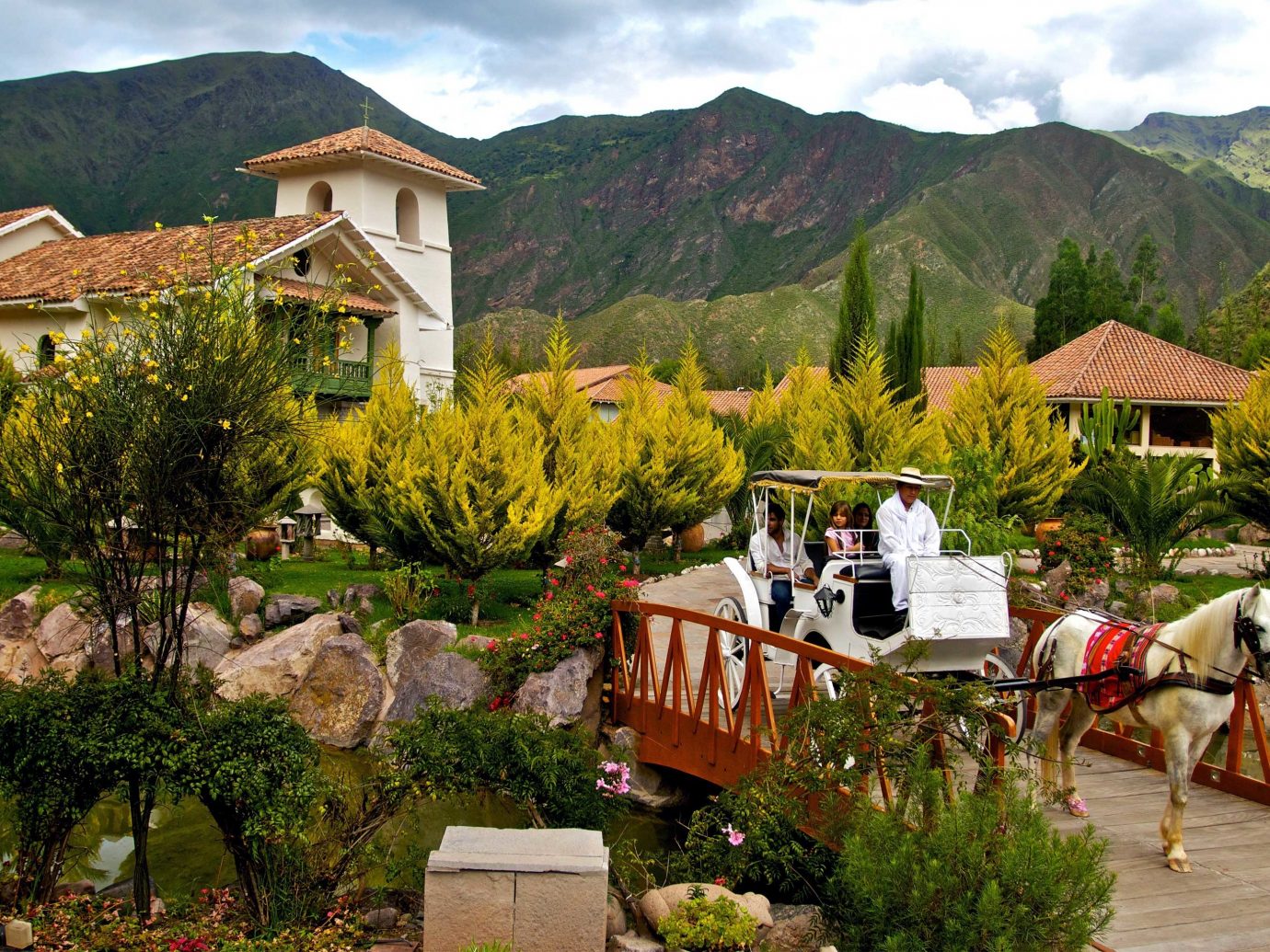
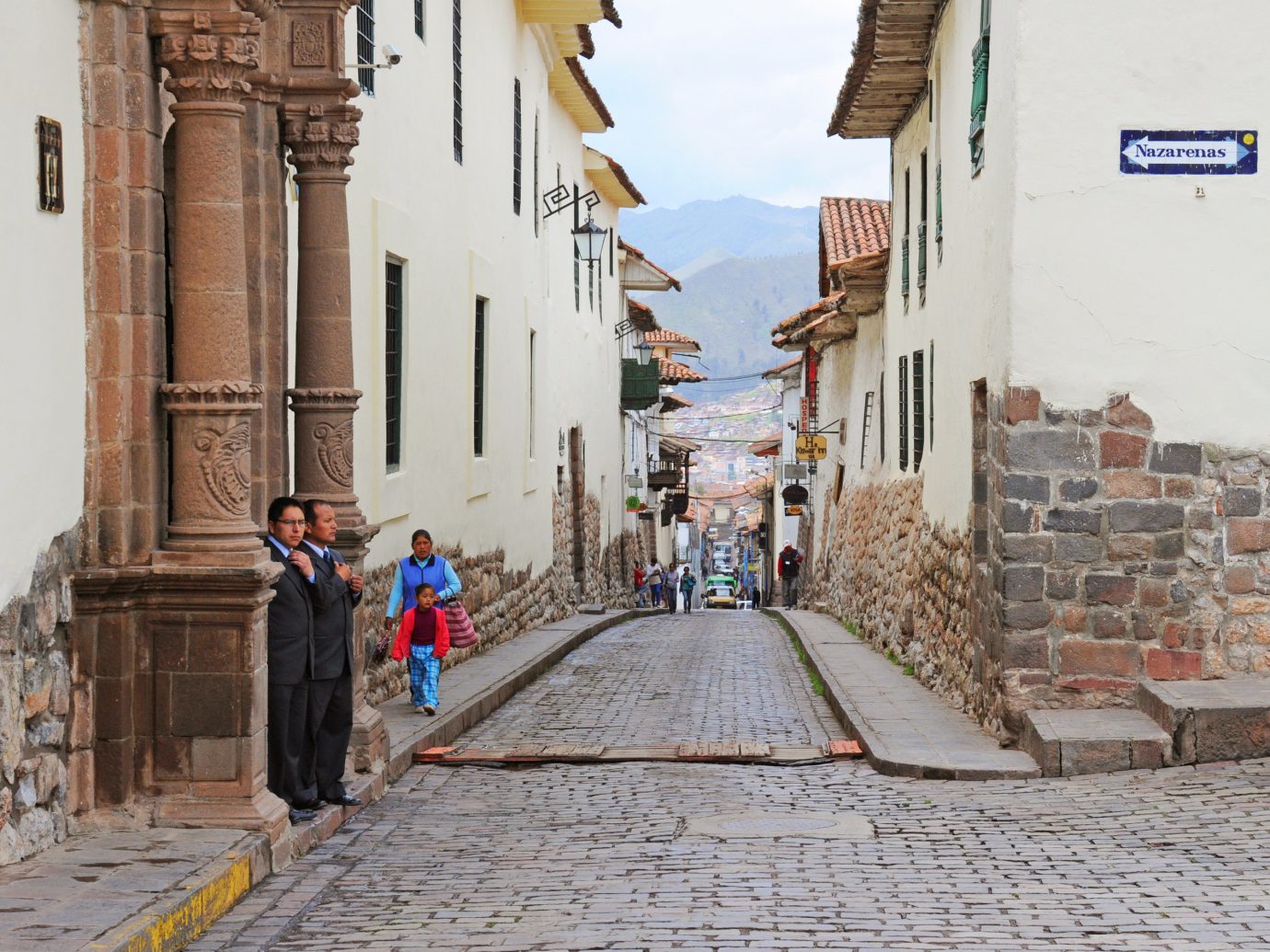
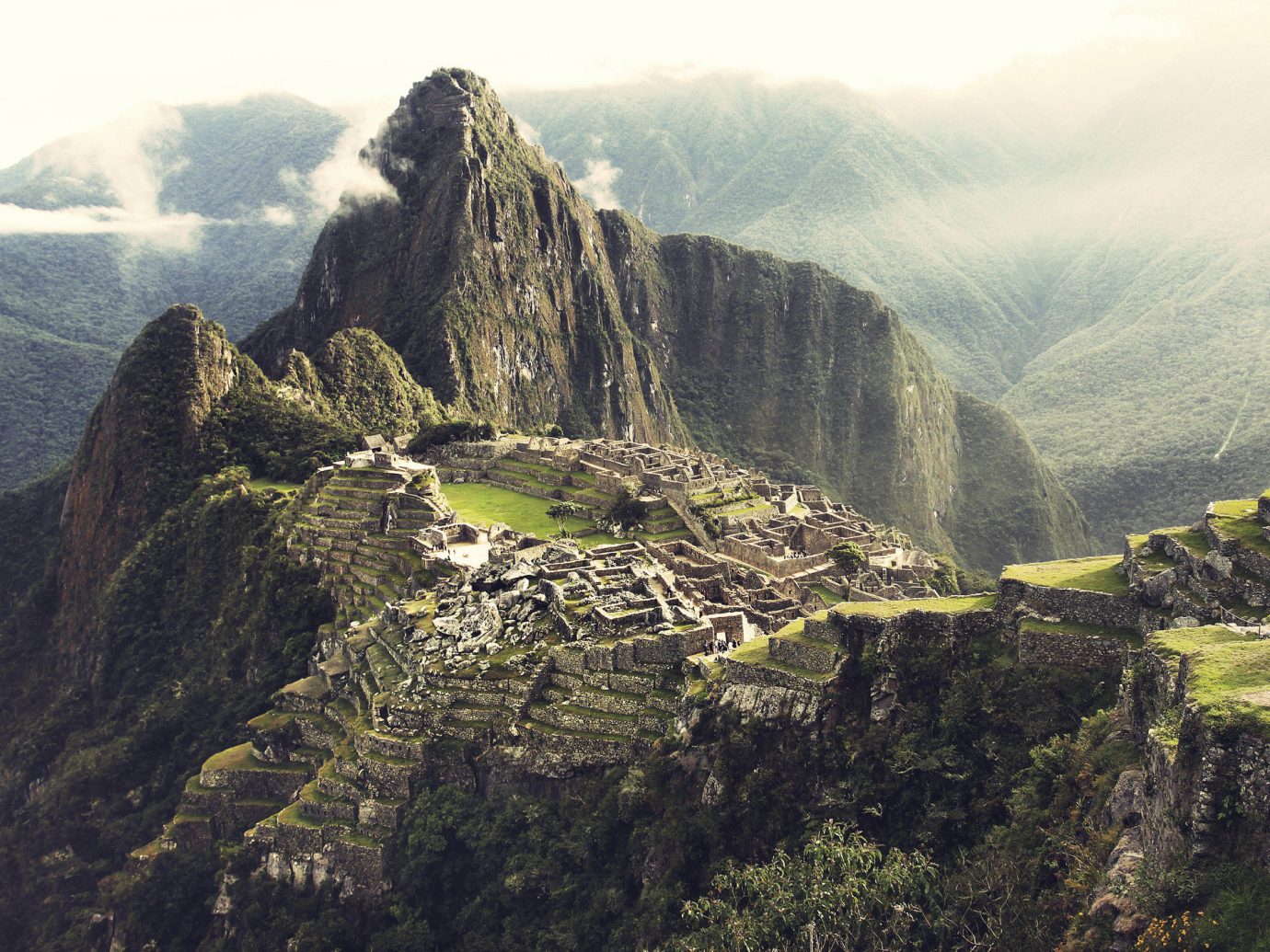
9. Don’t forget your passport!
It’s a requirement of Peru’s Ministry of Culture that every foreign visitor to Machu Picchu presents their passport—no exceptions, so don’t leave it back in your hotel room.
10. There’s a luxury—yes, luxury—hotel near the citadel
You’ve come so far, why rush off? If you can score a room at Belmond Sanctuary Lodge, the only hotel near the citadel, you should. You can stay and wander the ruins until late in the day when most visitors have left, before returning to the hotel to relax in the spa pool with a pisco sour and then dine on mouth-watering Peruvian cuisine for dinner. We know it’s on the pricey side, but if ever there’s a time to justify a splurge—it’s when visiting Machu Picchu.
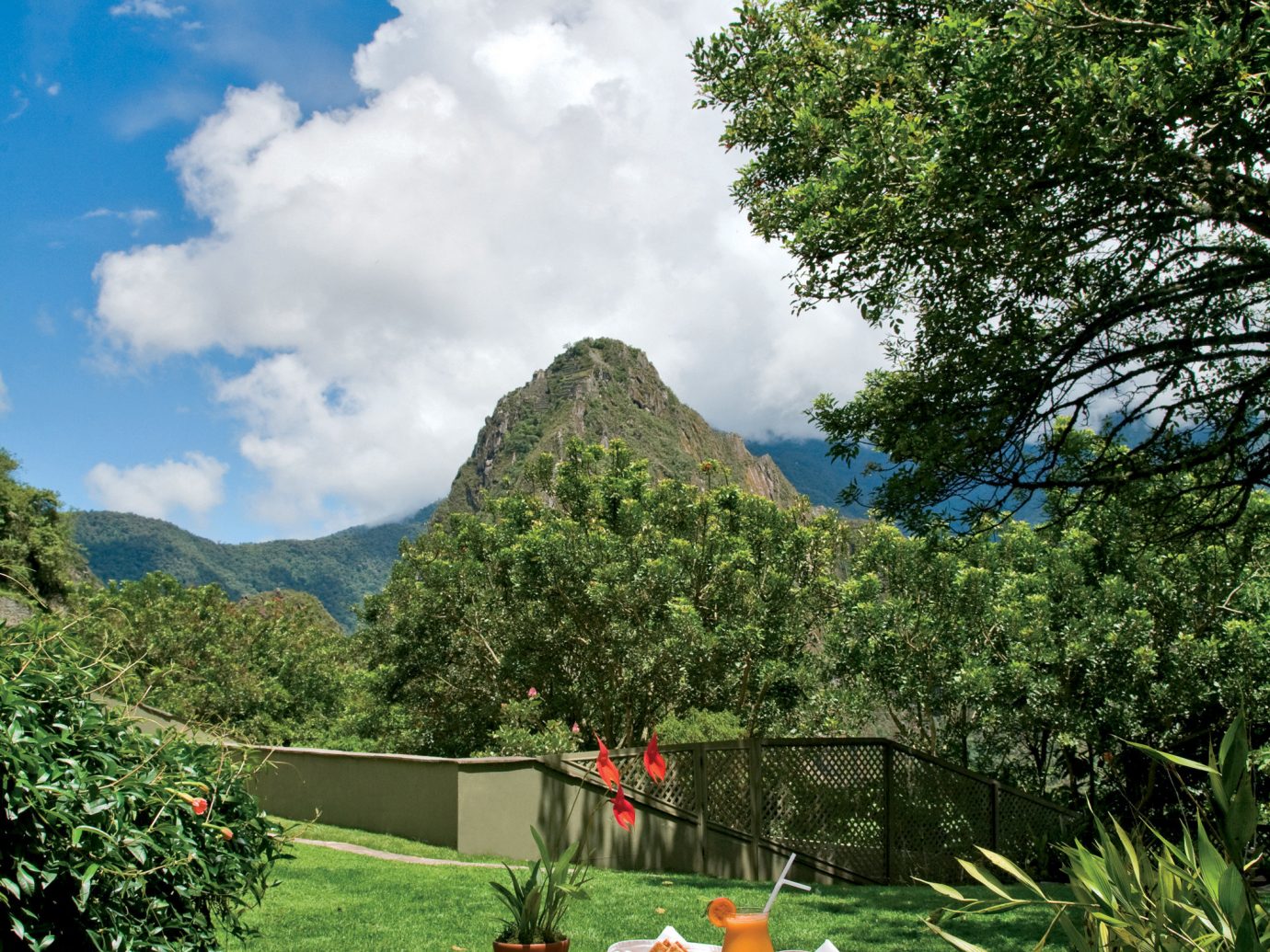
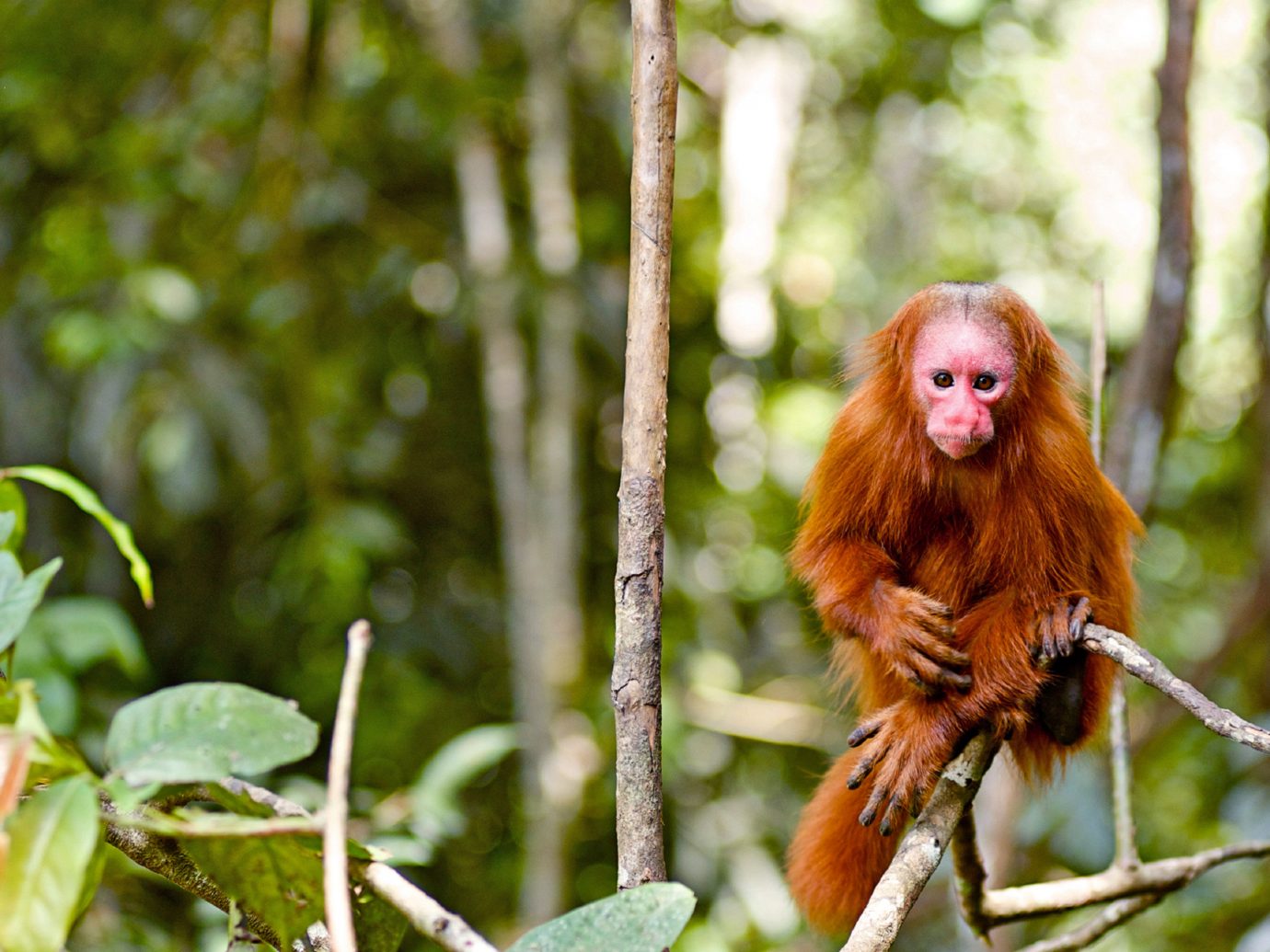
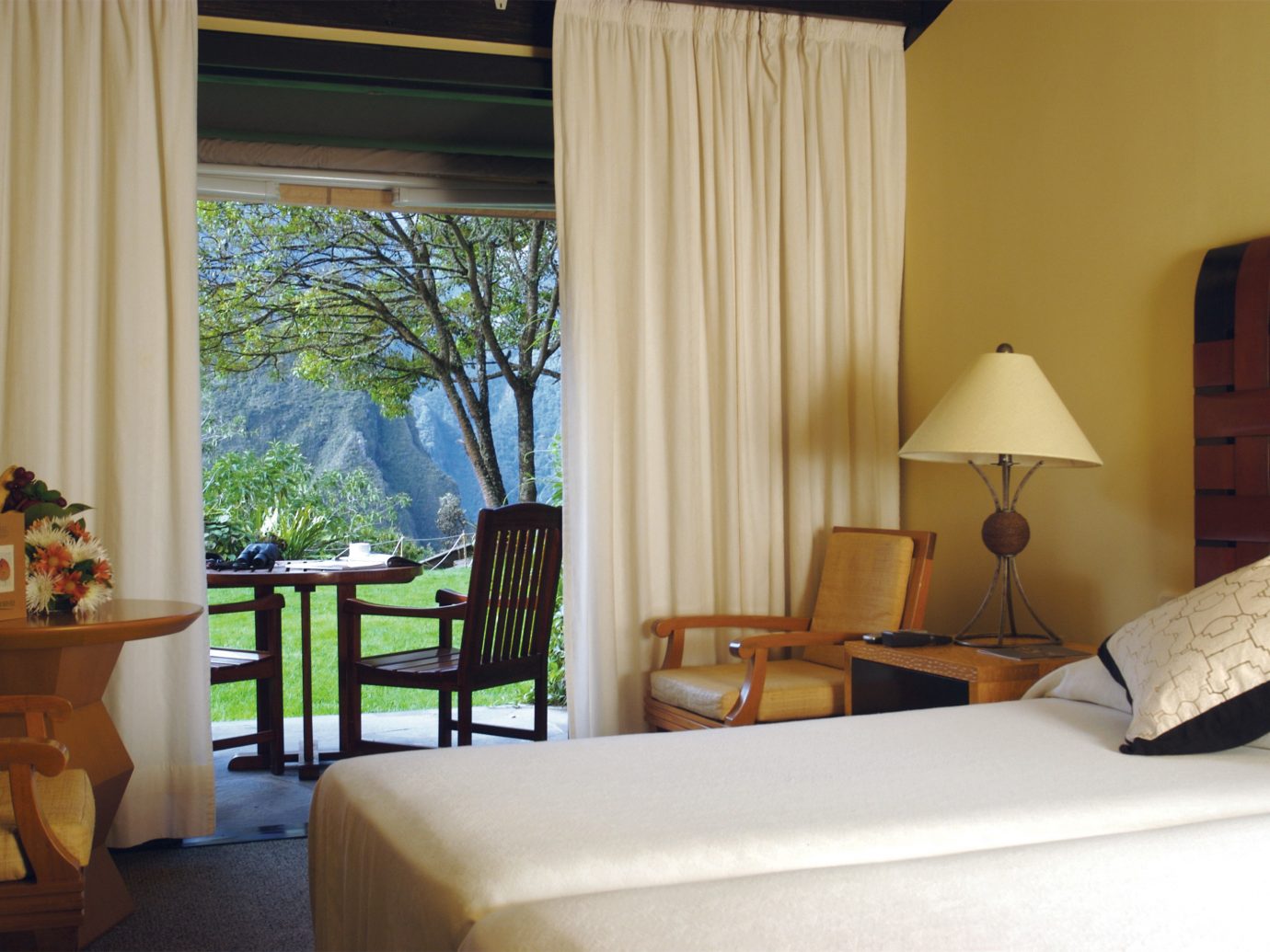
Want more?
- 11 Most Stunning Waterfront Hotels in Europe
- 10 Honeymoon Destinations to Put on Your Radar
- What to Pack for a Cruise
Comments
All products are independently selected by our writers and editors. If you buy something through our links, Jetsetter may earn an affiliate commission.
Become a Jetsetter.
Use our insider connections to know where to go and what to do.
By proceeding, you agree to our Privacy Policy and Terms of Use.
Thanks for Signing Up!

